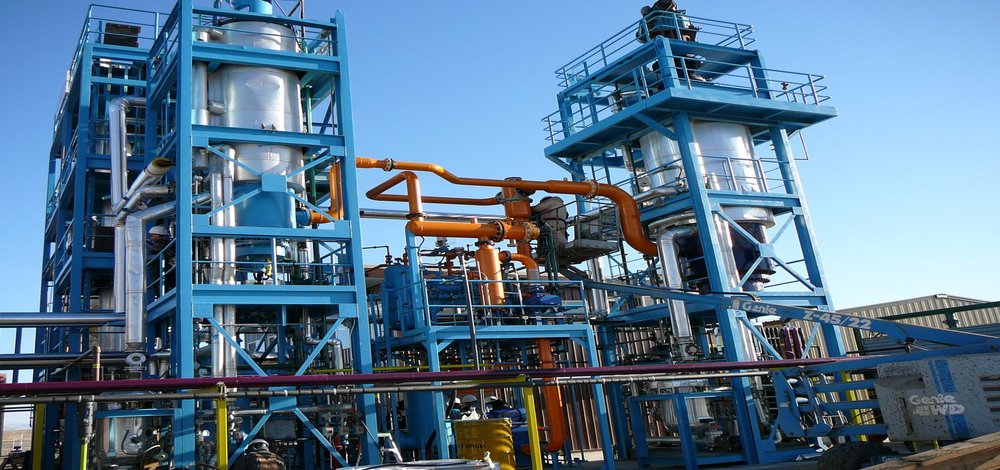When it comes to managing lubricant waste, it's crucial to understand the distinction between used oil and contaminated oil. While most used oils, whether mineral or synthetic, are generally classified as non-hazardous, the situation changes dramatically if they become contaminated with hazardous substances. In such cases, they must be treated as hazardous waste, necessitating strict adherence to specific disposal protocols.
Understanding Lubricant Contamination
Lubricant contamination can occur through various means, including exposure to chemicals, environmental pollutants, or operational wear and tear. Once contaminated, the oil poses different risks and challenges that require a specialized approach for safe handling and disposal. It is essential to recognize that just because a lubricant is initially deemed non-hazardous does not eliminate the potential hazards associated with its use and disposal.
Protocols for Safe Disposal
-
Identification: Assess the lubricant waste to determine if it is contaminated. This may involve visual inspections and chemical testing.
-
Segregation: Keep contaminated lubricants separate from non-hazardous waste to prevent cross-contamination.
-
Storage: Use appropriate containers that are clearly labeled and resistant to the materials they hold. Ensure storage areas comply with local regulations and safety standards.
-
Transportation: Follow legal requirements for transporting hazardous waste. Utilize licensed waste disposal services to ensure proper handling.
-
Recycling and Re-refining: Whenever possible, consider recycling used lubricants through re-refining processes. This not only reduces waste but also recycles valuable resources.
-
Training and Compliance: Ensure that all personnel involved in the handling and disposal of lubricant waste are adequately trained in safety procedures and regulatory compliance.
The responsible disposal and management of lubricant waste are essential for protecting the environment and public health. By understanding the implications of lubricant contamination and following the necessary protocols, businesses can mitigate risks and ensure compliance with environmental regulations. Remember, safe handling practices not only safeguard your operations but also contribute to a more sustainable future.


